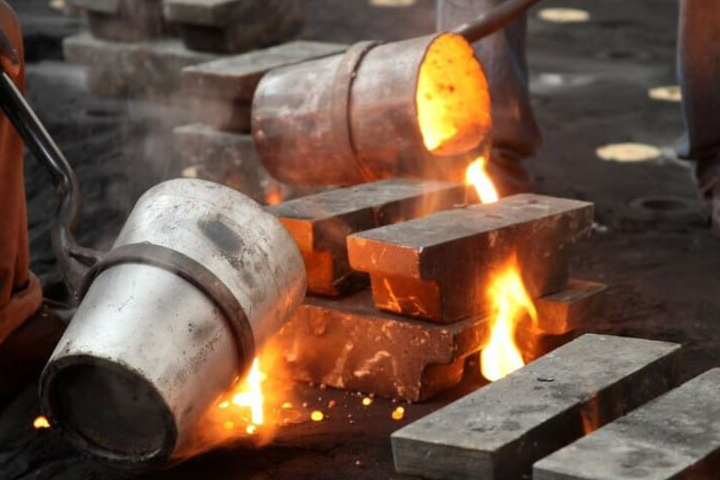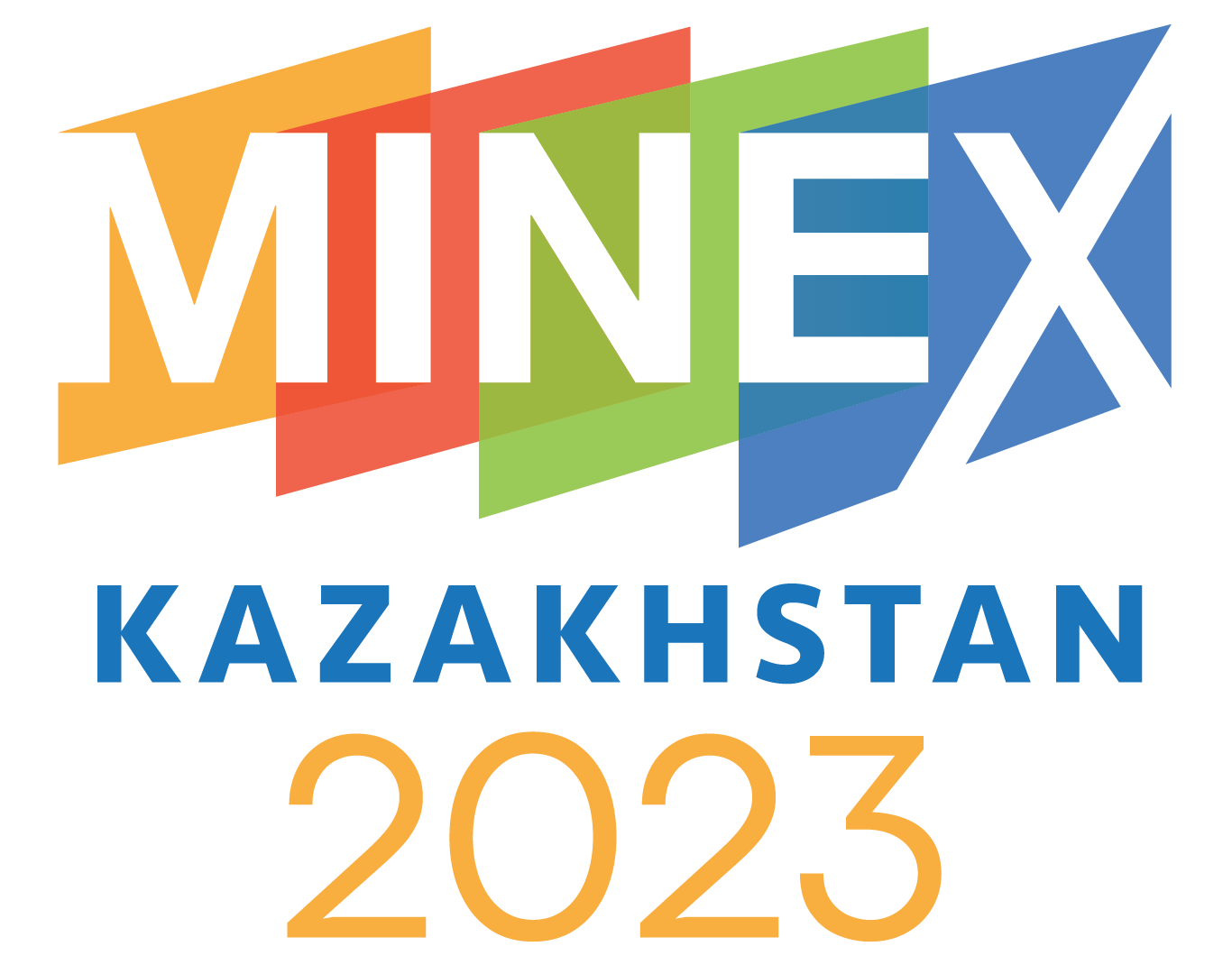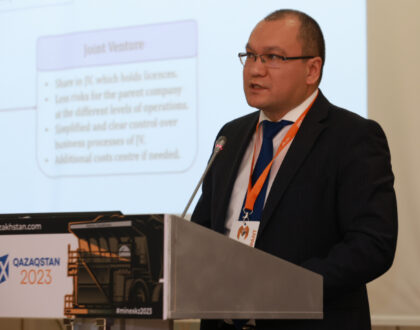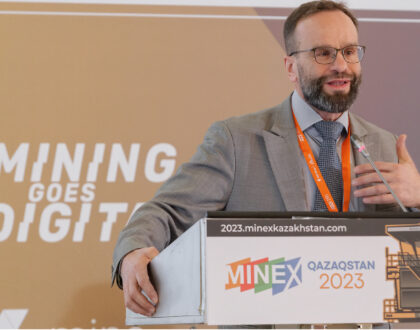Why Kazakhstan does not produce lithium?

Kazakh President Kassym-Zhomart Tokayev said that Kazakhstan has lithium reserves, but does not mine it. To correct the situation, investments are needed in exploration, field development, and production.
Meanwhile, the country was thinking about lithium mining back in 2019 and even carried out exploration work in promising areas. There were plans to build a mining and processing plant near one of the lithium deposits. However, none of the projects came to fruition.
Is there any chance that things will change now? Bauyrzhan Aitkulov, project manager of the mining and metallurgical complex of NC KAZAKH INVEST, told about this in an interview with dprom.kz.
– The president estimated lithium reserves in Kazakhstan from 50 thousand to 100 thousand tons. The spread of estimates is very large – twice. How are lithium reserves estimated in Kazakhstan? Do we have a lot of lithium, how long will it last?
— Full-scale studies to establish the exact reserves of lithium in Kazakhstan have not yet been conducted. No work was also carried out to identify new lithium deposits or determine the significant content of this element as a by-product in the products of raw materials processing.
— Where can lithium be mined in Kazakhstan?
— In Kazakhstan, lithium mineralization is historically known in pegmatites of deposits in the East Kazakhstan region. Also, lithium mineralization has been established in Aktobe, Kostanay, Karaganda, Zhambyl regions and in the new region of Zhetysu.
— Just during his visit to Zhetysu, the president touched upon the topic of lithium deposits and ordered the geological service to intensify work in the direction of the extraction of lithium raw materials. Why has Kazakhstan not been mining this metal for several years already, having serious plans for the development of lithium deposits? What hinders the development of deposits?
— There are many factors why we have not yet developed lithium mining, let alone processing. Back in Soviet times, the main potential deposits of lithium were classified, perhaps some are still classified as “Secret”. Accordingly, we had nothing to offer investors. Over the past three years, we have seen that work is underway to declassify geological materials, and there are already investors who have received exploration licenses.
The next factors are the profitability of quarrying and further processing.
In Kazakhstan, casting ores in pegmatites have been identified so far, but this still requires careful study. Also in Kazakhstan there are many active and dried-up salt lakes, where promising areas of rare elements, including lithium, can potentially be identified.
Now, unfortunately, in Kazakhstan, search and geological exploration for lithium from brines are not conducted. Although extraction from brines, both in economic terms and in terms of the quality of the resulting product, outperforms extraction from pegmatites in hard rocks. I believe that it is necessary not only to activate the geological service, but also our research institutes in this matter.
Do projects for the extraction of lithium raw materials require large investments?
— Of course, we need investments and not small ones. The average cost of a lithium brine deposit is $14 million, but if mined, the cost could be up to $90 million.
— Are there any people who want to start developing lithium deposits in Kazakhstan? Or has none of the investors shown interest yet?
— Everyone knows that Kazakhstan occupies a leading position in the world in terms of mineral resources. It can be said that it is one of the richest countries in the world with natural resources. Today, KAZAKH INVEST receives many requests from large and medium-sized foreign companies that are ready to mine and process lithium in Kazakhstan.
There are companies that study our fields in detail. Serious negotiations are now underway with South Korean enterprises that are exploring lithium deposits. We understand that the final decision takes time, and as the only operator for attracting and supporting investors, KAZAKH INVEST helps in the successful implementation of strategic projects. Having small reserves of lithium, Kazakhstan can and should find its niche in this production.
— So, the lithium reserves in Kazakhstan are not the largest. I wonder what are the reserves of lithium raw materials on the planet?
– According to the US Geological Survey (USGS) for 2021, the identified lithium resources worldwide are about 86 million tons. Bolivia has the largest reserves in the world with 21 Mt, followed by Argentina with 19.3 Mt, then Chile with 9.6 Mt, Australia with 6.4 Mt, China with 5.1 Mt, and the Democratic Republic of the Congo – 3 million tons, Canada 2.9 million tons of lithium, and Germany 2.7 million tons.
– The reserves of Kazakhstani lithium cannot be compared with millions of tons of lithium in Bolivia. How is lithium mined? Can lithium mining harm nature?
– In the world, the main sources of lithium for industrial production are localized pegmatites in hard rocks and continental brines (salt water aquifers).
There are two ways of extracting lithium: ore and hydromineral. In the first case, the metal is mined in mines or quarries from pegmatite minerals, in the second case, from underground brines. Most of the lithium is mined from the clays of the salt marshes. Lithium mining from the clays of the salt marshes has already damaged the ecosystem where the metal is mined by this method.
The fact is that the extraction of lithium material requires a huge amount of water. Since most of the lithium deposits are located in arid highlands, there is a depletion of water supplies for the population. Due to the lack of moisture, the territories are deprived of pasture grass, which poses a threat to the existence of farms. Another serious problem is chemical effluents polluting rivers and reservoirs.
— Lithium is used both in smartphones and in electric vehicles, but we do not produce either one or the other. Does the Kazakh industry have a need for lithium?
“Unfortunately, today the Kazakh industry does not need lithium.
– If the whole world switches to electric vehicles with lithium batteries, how quickly can the reserves on the planet be depleted?
— In addition to electric vehicles, today it is impossible to imagine any modern device without lithium batteries. The role of lithium in the global economy is only increasing as green energy is introduced. The acceleration of decarbonization in the world leads to an increase in the demand for lithium for the production of energy storage batteries. Today, European countries are increasing the generation of renewable sources, and for this it is necessary to install electric energy storage devices that use lithium.
The US Geological Survey estimates that the world’s proven reserves of lithium are estimated at 22 million tons, and the estimated reserves are 86 million tons. Global lithium consumption in 2021 is estimated at 93 thousand tons. Of course, everything depends on the growth of world consumption.
In the next ten years, most passenger cars are predicted to use lithium-ion batteries rather than gasoline engines. That is, a huge increase in lithium consumption is expected. If you make an analysis, compare 2020 with 2021, the demand for lithium raw materials increased by 35% in just a year. At current reserves, with this annual increase in consumption, lithium will last about 25 years.



